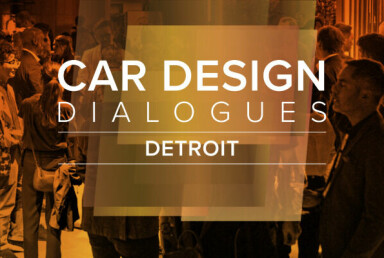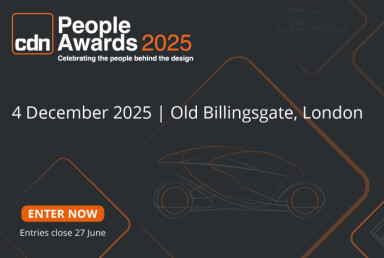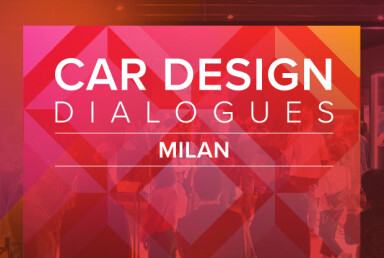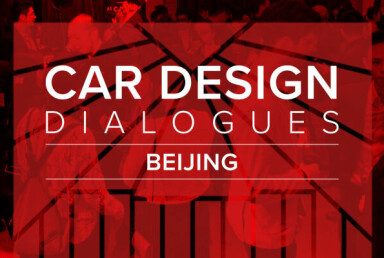The evolutionary role of the designer
Massimo Frascella on the role of the automotive designer
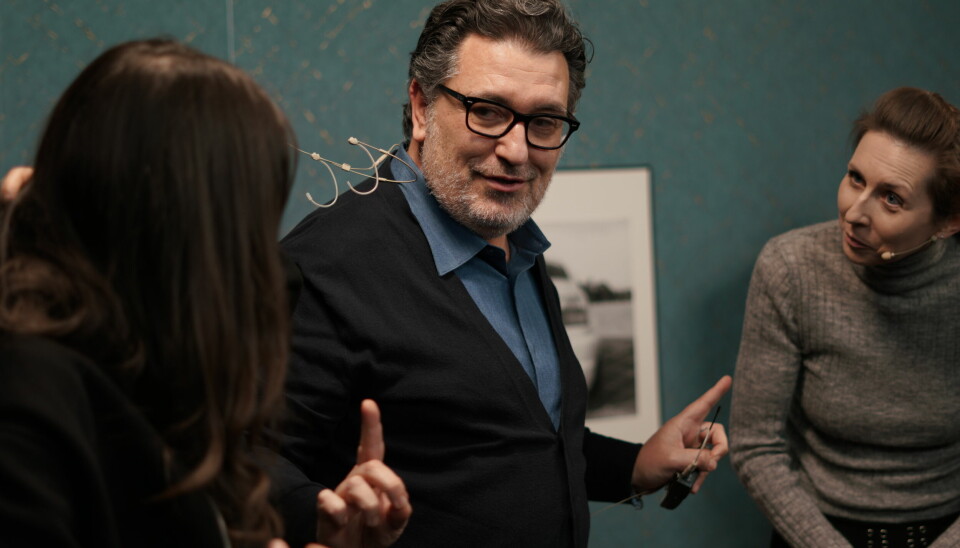
As part of Car Design News' design talent focus, CDN speaks to Audi design boss Massimo Frascella on the evolving role of the designer
When Massimo Frascella joined Audi as chief creative officer in 2024, his arrival coincided with a broader organisational shift that placed design at the heart of the company's decision-making. Under the new structure, Audi design now reports directly to the CEO – signifying how design is central to the brand's strategy.
In this conversation with CDN , Frascella shares his views on the evolving role of the designer as Audi continues its journey towards becoming a design-driven company.
Car Design News: When you arrived at Audi, how prominent was the role of design and the voice of design within the company? And, did you have to elevate that?
Massimo Frascella: When I started we changed the reporting structure so I reported directly to the CEO rather than design reporting into the technical development and engineering areas. This is the first signal at a business level of the importance of design. And then it's a mindset change and that's probably the most difficult thing to do because moving a box on a sheet from one to the other, that's easily done.
CDN: That's just an org chart change.
MF: Exactly. This is part of the transformation that we're undergoing as a business, not just for design, but in many areas of the business. One of the first things that I've done is literally protect the time and the space for designers to do what they need to do. Because often design can be seen as a service function within the business and that's the end of it.
So, first thing: protect the space and the time for designers to be designers and be creative. But being able to dare. And that helped massively because it gave the opportunity to designers to be able to express themselves more freely. But again, this journey is a transformation within Audi that is ongoing as we speak.
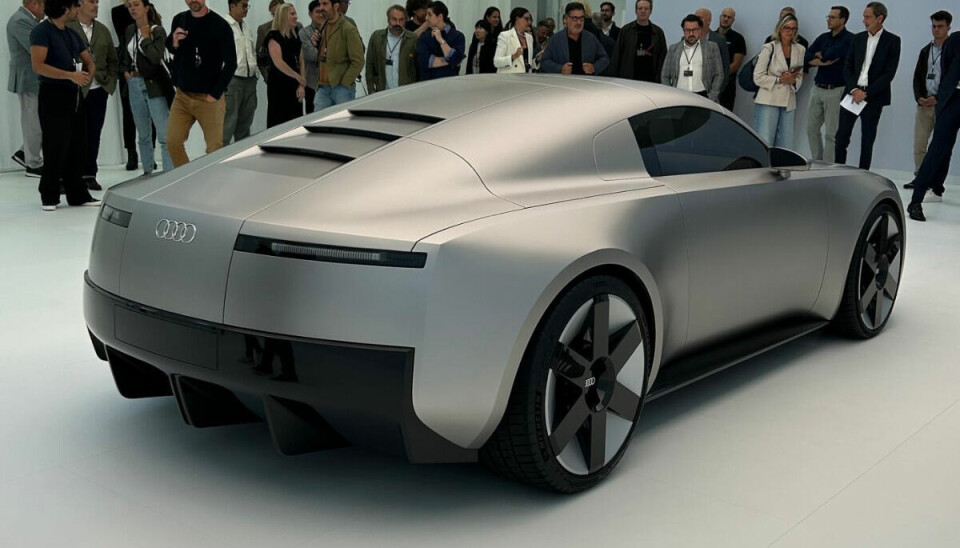
CDN: Regarding the Concept C, there are certain radical next design details, like those aluminium door handles, for example. They look fabulous, but they might perhaps be quite commercially difficult to justify.
MF: Everyone recognises that design is so important, but I would add there is a common intent to deliver. So these are decisions that we make collaboratively.
"If you're talking purely about the product definition or the product execution, that's a pretty defined skill"
There is no 'design wants this, engineering wants that.' There's always a work in progress – it's not friction. But on the overarching strategy, there's an alignment that happens at the beginning. So this is what we want to do. We want to have metal parts in the handle, want to have a steering wheel that can give this experience, this haptic feedback. That's a decision and then we go and deliver.
CDN: What about what does that mean for the role of the designer? What skills do you need?
MF: You need to have sensitivity towards design. And you can have, if you use AI very mechanically, just by expecting to input and get a result and being able to use it, I think that might apply to other realities, but does not apply to Audi.
If you want an outcome that has a human approach, a more emotional outcome, you need to have a sensibility and a sensitivity for design and so requires that knowledge, that experience and that craft, that understanding of craft.
CDN: Does that mean you need car designers per se, or can this craft sensibility can be found in different disciplines?
MF: You can bring new disciplines and you can work more cross functionally in some aspects. But if you're talking purely about the product definition or the product execution, that's a pretty defined skill. What I would say is that design today plays a different role from design 5, 10, 20 years ago in our industry. And by the way, Audi is recognising that as we move towards being a design driven company, we recognise the value and power of design as a holistic view and holistic narrative for the brand. So in that respect, there's a multitude of skills that come into place that are not traditionally associated with design.

